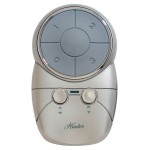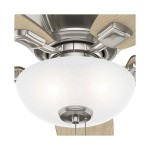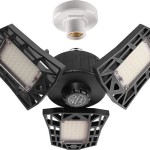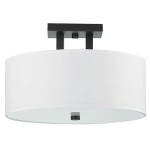Hanging Ceiling Lights: A Guide to Essential Design Aspects
Hanging ceiling lights play a crucial role in illuminating and decorating interiors. Choosing the right design can enhance the ambiance of a room, create a focal point, and add a touch of elegance. Here are the essential aspects of hanging ceiling light design to consider:
1. Size and Scale
The size and scale of the light fixture should complement the dimensions of the room. Larger rooms can accommodate bigger lights, while smaller spaces may require more compact designs. Consider the height of the ceiling to determine the ideal length of the pendant or chandelier.
2. Style and Finish
Hanging ceiling lights come in a vast array of styles, from traditional to contemporary. Choose a finish that matches the decor of the room, such as brushed nickel, polished brass, or antique bronze. The style should complement the overall aesthetic of the space.
3. Light Distribution
Consider the desired light distribution when selecting the type of hanging ceiling light. Pendant lights emit light downward, focusing it on a specific area. Chandeliers provide more diffuse lighting, illuminating a wider space. Sconces and semi-flush mounts cast light in an upward direction, creating a warm and inviting ambiance.
4. Number of Lights
The number of lights on the fixture affects the overall illumination. A single pendant light may be sufficient for a small area, while a large dining room may require a multiple-light chandelier. Determine the desired amount of light before making a selection.
5. Height and Placement
The hanging height and placement of the light fixture are important for both aesthetics and functionality. Pendant lights should typically hang 30-36 inches above the table or counter. Chandeliers and semi-flush mounts can be hung higher, depending on the ceiling height and the desired effect.
6. Materials
Hanging ceiling lights are crafted from a variety of materials, including metal, glass, crystal, and fabric. Choose a material that complements the decor and style of the room. Consider the durability, ease of maintenance, and potential weight.
7. Energy Efficiency
Energy efficiency is an important factor to consider when choosing hanging ceiling lights. LED and CFL bulbs are more energy-efficient than incandescent bulbs and last longer. Look for fixtures that are Energy Star certified to ensure optimal energy consumption.
Conclusion
Hanging ceiling lights are an essential element of interior design, serving both functional and aesthetic purposes. By considering the size, style, light distribution, number of lights, height and placement, materials, and energy efficiency, you can choose the perfect hanging ceiling light to enhance the ambiance and beauty of your space.

9 Types Of False Ceiling Light Designs To Glam Up Your Home

Ceiling Light Design Ideas For Your House

False Ceiling Lights For Living Room Best Home Decor Ideas

35 Hanging Ceiling Lights Ideas To Deck Up Your Home Office

How To Choose The Best Hanging Lights For Your Bedroom Beautiful Homes

False Ceiling Light Options For Your Living Room Design Cafe

Bedroom Pendant Lights 40 Unique Lighting Fixtures That Add Ambience

Oaning Modern 3 Lights Pendant Light Petal Hollow Design Metal Hanging Ceiling Fixtures For Kitchen Dining Room Bar Coffee Office Round Base Com

A Comprehensive Guide To The Best Ceiling Lights Designs For Your Home

35 Hanging Ceiling Lights Ideas To Deck Up Your Home Office








